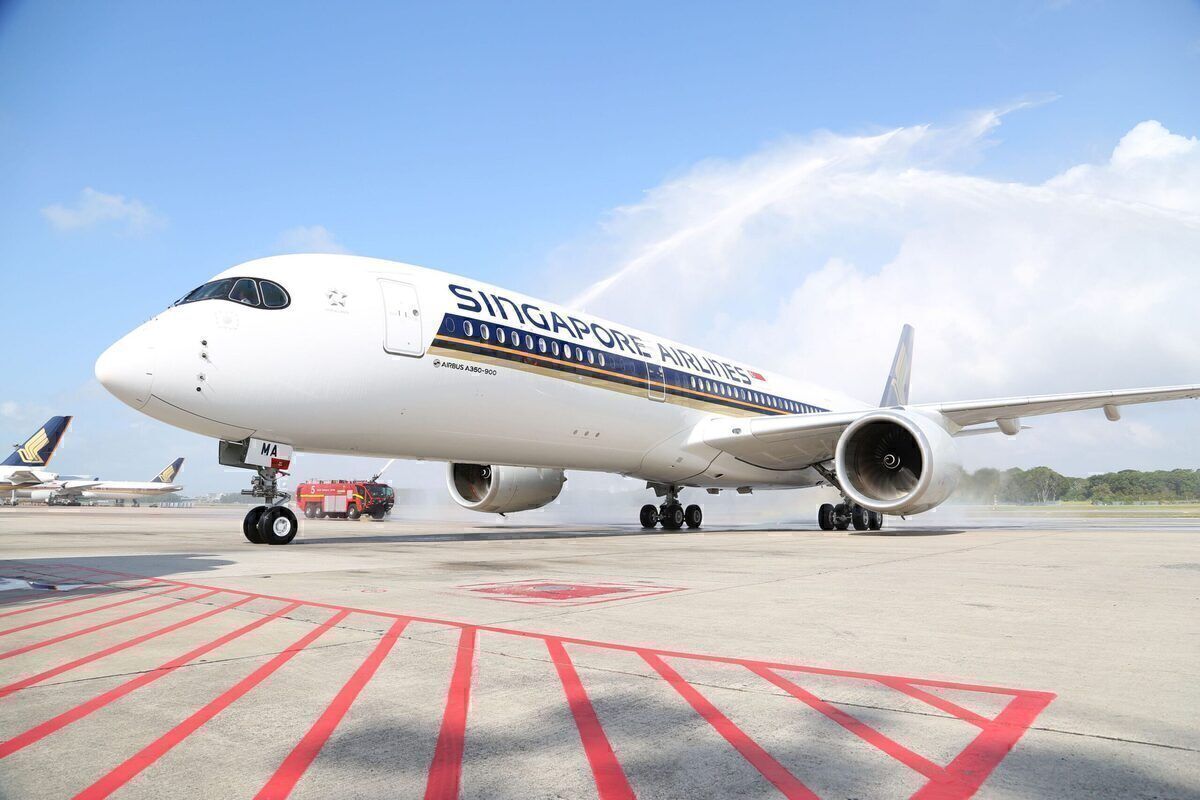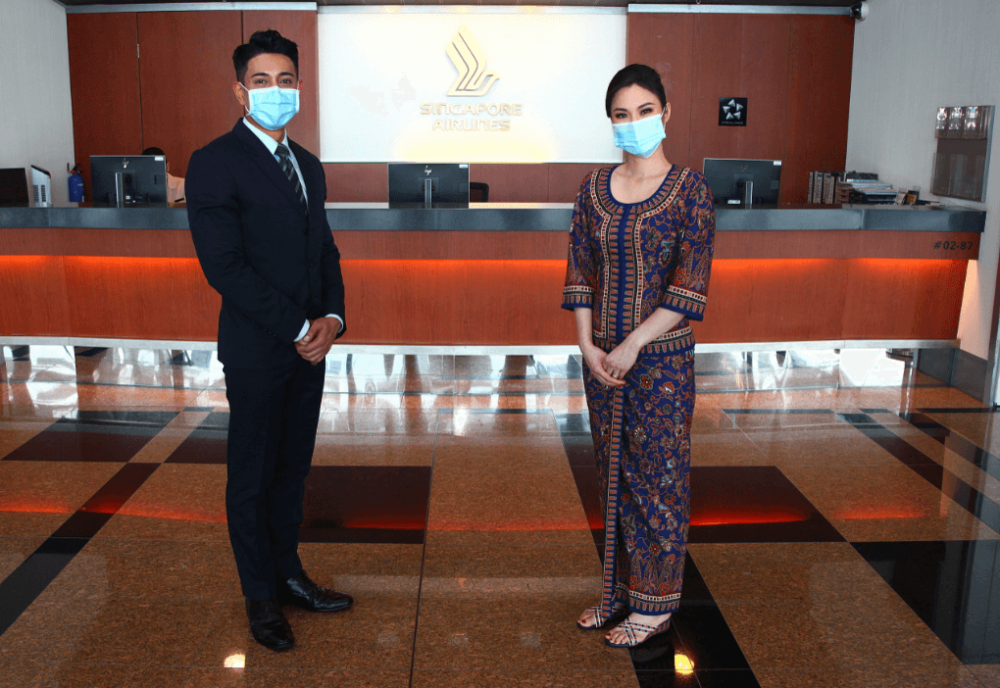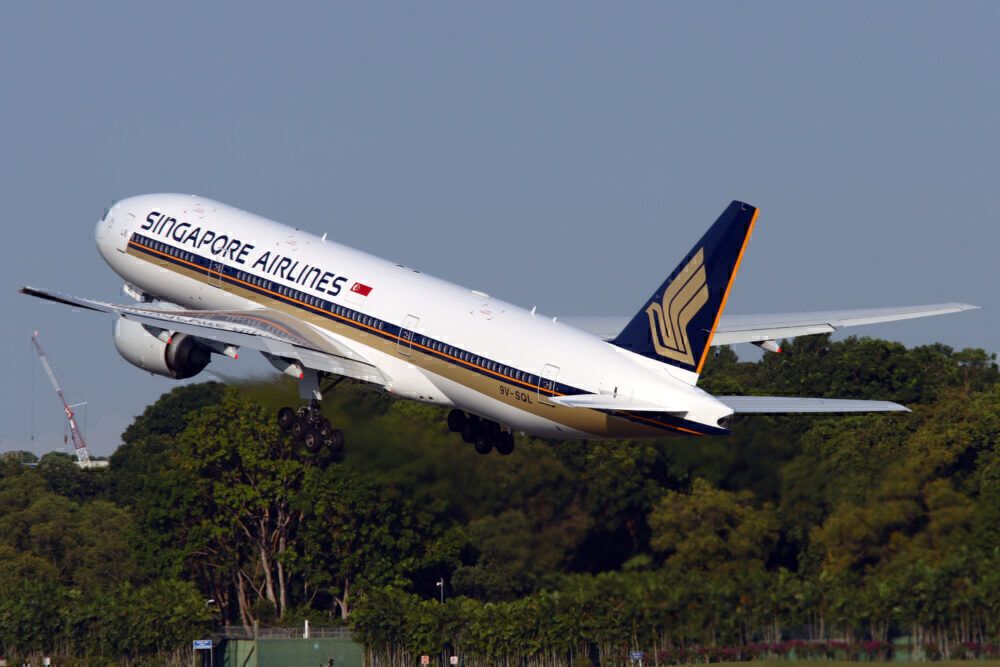Singapore Airlines’ most recent financial report details how the airline has swung to a loss of more than $2 billion across the nine months of the financial year. Despite passenger numbers plunging 97% in 2020, the airline is keenly looking ahead to the future. It wants to be the first fully vaccinated airline in the world, and 90% of its employees have already signed up to get their jab.
Singapore Airlines wants to be the first fully vaccinated airline
For Singapore Airlines, not being able to operate internationally is not an option. With no domestic network, the airline is counting on getting borders reopened for its future financial health. Despite today posting a loss of SG$2.9 billion ($2.18 billion) for the nine months since April 2020, the airline is keen to ensure all its employees are fully vaccinated for the future.
The nation has purchased the Pfizer vaccine and, unlike some geographies, is prioritizing its aviation sector to receive the shot. SIA’s CEO Goh Choon Phong celebrated this decision in a statement to its employees last month, saying,
"We are grateful to the Singapore government for making the aviation sector a priority in the country's vaccination exercise. This reflects the sector's importance, and the crucial role we play in both Singapore's economic recovery and the fight against the pandemic."
Although the airline does not plan to mandate its employees to get the vaccine, it seems that the offer of the free jab by the government has been well received. Across the SIA Group, which includes Singapore Airlines, SilkAir and Scoot, almost all staff have signed up to receive the vaccine. In its quarterly report issued today, SIA said,
“More than 90% of the operating crew in all three airlines have signed up for the vaccination."
In a statement to Simple Flying, the airline further commented,
"The Singapore Airlines Group can confirm that eligible Singapore-based staff have been offered Covid-19 vaccinations by the Singapore government. Participation is voluntary, and the SIA Group strongly encourages all eligible staff to take up this offer. The safety of our customers and staff remains the top priority at Singapore Airlines."
That’s great news for Singapore Airlines, and shows the willingness of its crew to protect themselves and others as it restarts operations. It’s in stark contrast to the approach of some other airlines who are eyeing mandatory vaccinations for all crew.
Stay informed: Sign up for our daily aviation news digest.
Health passport in use
Since December, Singapore Airlines has been trailing a new digital health passport, based on IATA’s Travel Pass framework. The airline initially offered the service just on the routes to Jakarta and Kuala Lumpur. However, the airline is keen to roll this out to more destinations in the coming months.
For SIA, 2020 was a tough time, tougher than for many other airlines. With no domestic flights and borders closed, the airline’s passenger carriage shrank 97.6% year on year. Nevertheless, the airline is grasping every opportunity that comes its way, flying cargo with its seven freighters and using 24 passenger aircraft for cargo too.
As border restrictions begin to relax, the airline has laid on huge amounts of capacity. In the third quarter of the year, SIA added 31 destinations to its skeleton service, taking its total of routes served to 38. SilkAir added routes to take it from six to eight, while Scoot’s network remained unchanged.
From January, the airline is pushing into more destinations too. It has reinstated services to Dubai, Moscow and Munich, and is keenly awaiting the launch of Phuket as a SilkAir destination from February 2021. The service will become a Singapore Airlines service on March 4th.
However, the airline notes that it expects to maintain its passenger capacity at around 25% of pe-COVID levels up to the end of the financial year, and only to fly around 45% of its usual destinations.



